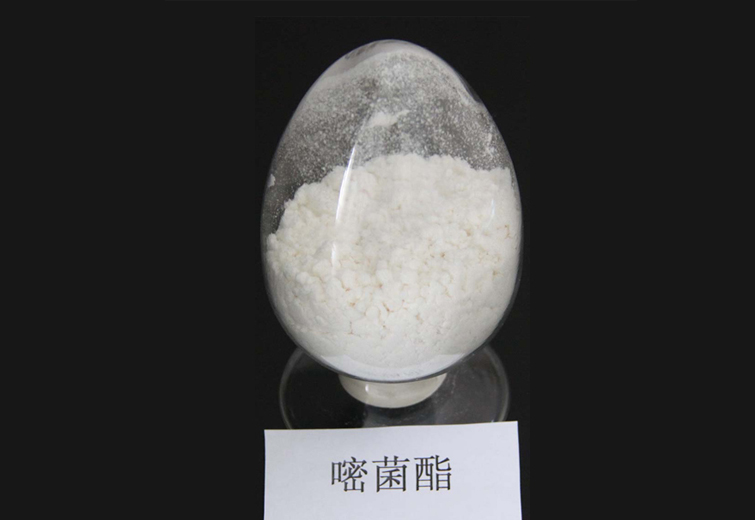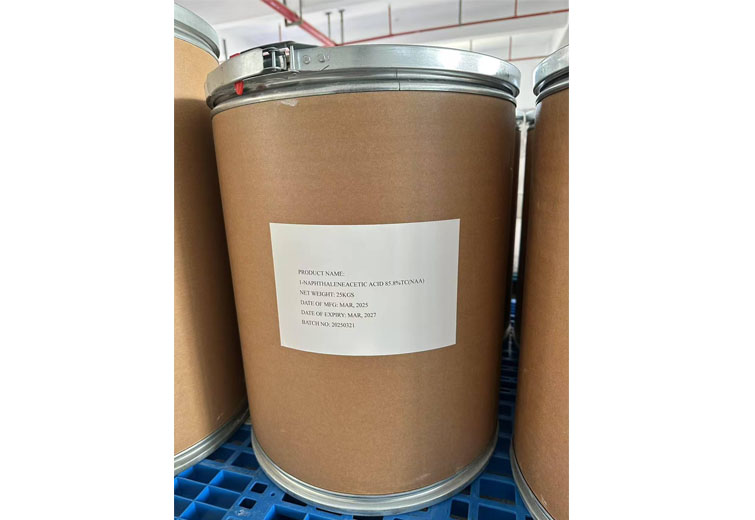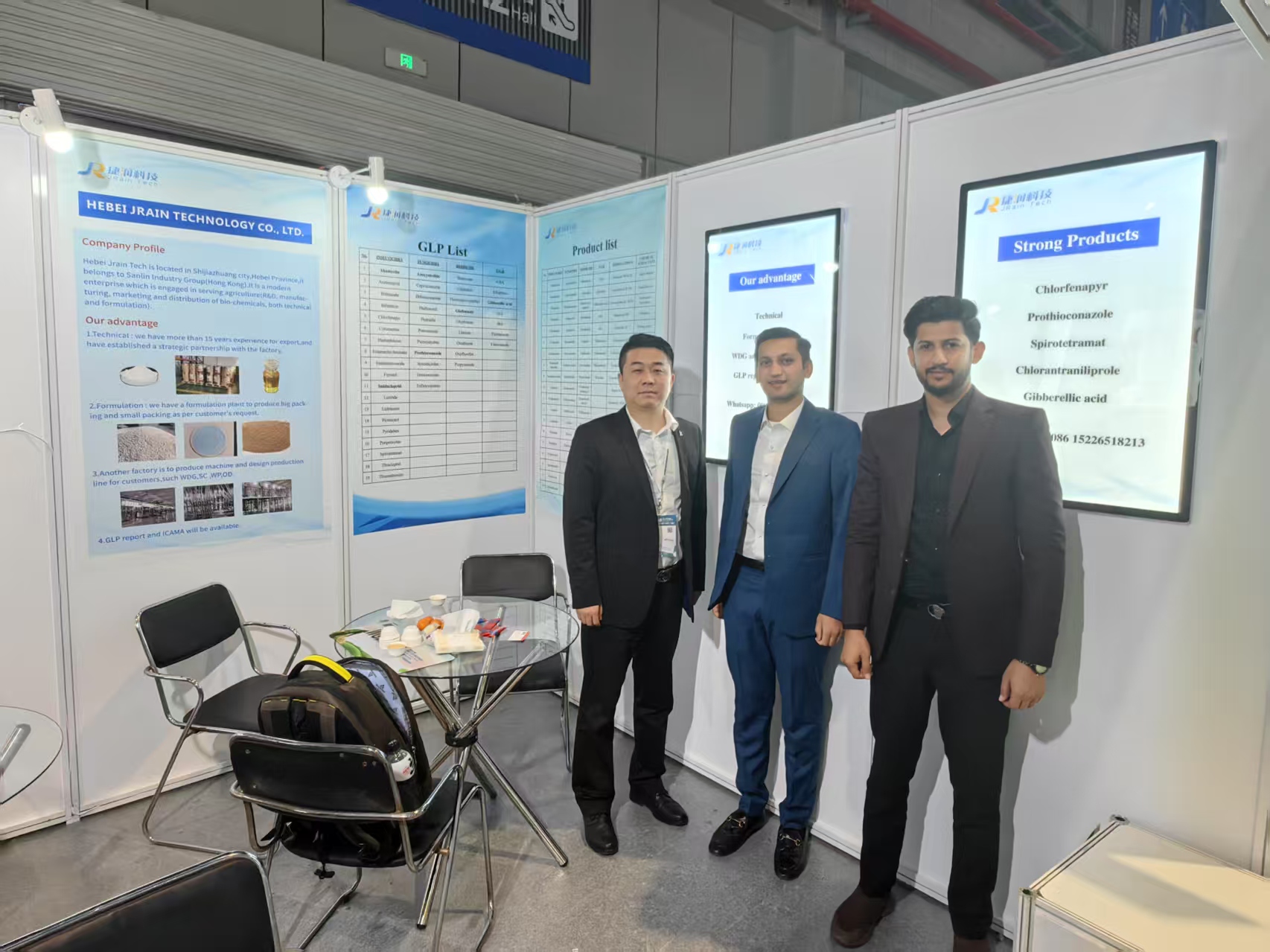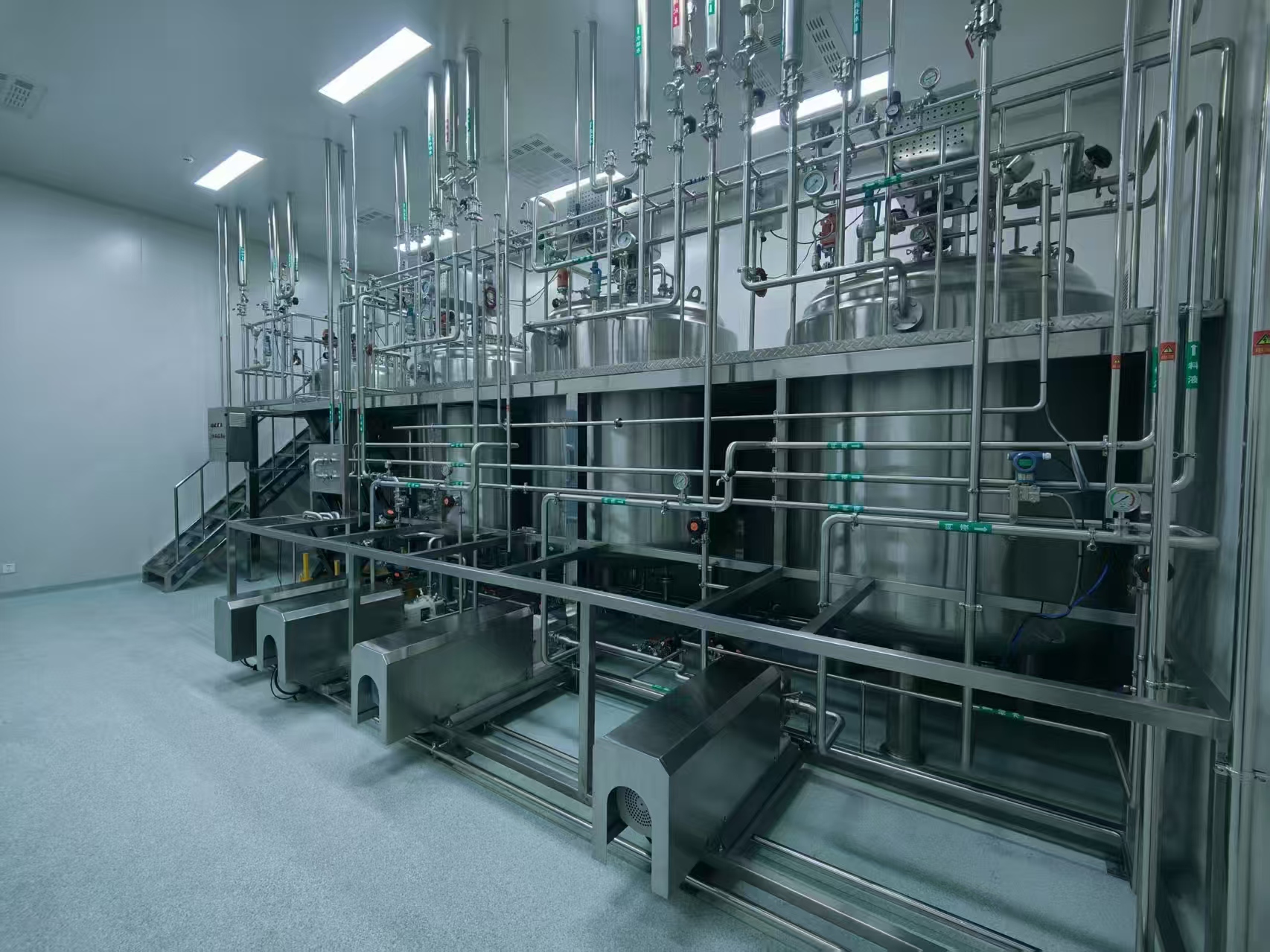-
What are fungicides and how do they work?
Fungicides are chemical or biological agents used to prevent or control fungal infections in plants. They work by either killing fungal pathogens directly (fungicidal action) or inhibiting their growth and reproduction (fungistatic action). Different fungicides target specific stages of the fungal life cycle, such as spore germination or cell membrane synthesis.
-
How should fungicides be applied for best results?
For effective control, fungicides should be applied according to the label instructions, considering factors like timing, dosage, and method of application. Typically, fungicides are sprayed before or at the early onset of disease symptoms to protect healthy tissue. Proper coverage and environmental conditions (e.g., avoiding rain immediately after application) are also crucial for maximum efficacy.
-
Can fungi develop resistance to fungicides? How can resistance be managed?
Yes, fungi can develop resistance to fungicides, especially when the same product or mode of action is used repeatedly. To manage resistance, it’s recommended to rotate fungicides with different modes of action, use tank mixes, and integrate cultural practices like crop rotation and resistant varieties. Monitoring disease pressure and following integrated pest management (IPM) principles also help delay resistance development.
-
What are Plant Growth Regulators and how do they affect plants?
Plant Growth Regulators (PGRs) are natural or synthetic chemicals that influence various physiological processes in plants, such as cell division, elongation, flowering, fruiting, and ripening. They help regulate plant growth by mimicking or modifying the action of natural plant hormones like auxins, cytokinins, gibberellins, ethylene, and abscisic acid.
-
How are Plant Growth Regulators applied in agriculture?
PGRs can be applied as foliar sprays, soil drenches, seed treatments, or injected into plants depending on the target crop and desired effect. Common uses include promoting fruit enlargement, regulating flowering time, controlling plant height, improving stress tolerance, and enhancing crop uniformity and yield.
-
Are Plant Growth Regulators safe for the environment and consumers?
When used according to recommended guidelines, PGRs are generally safe for the environment and consumers. They are applied in small quantities and often break down quickly in the environment. However, misuse or overuse can cause phytotoxicity or unintended effects, so it’s important to follow label instructions and safety measures.












